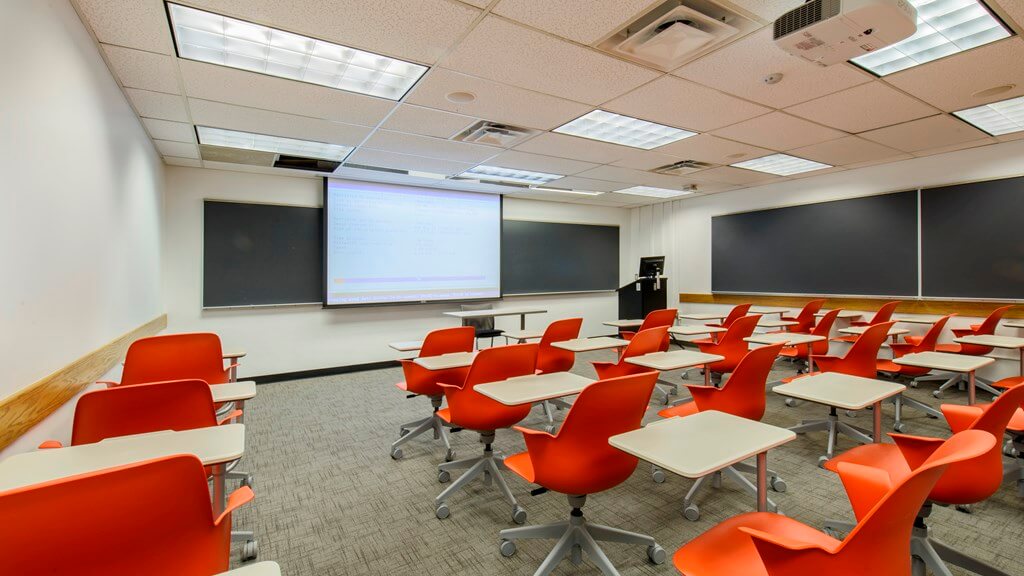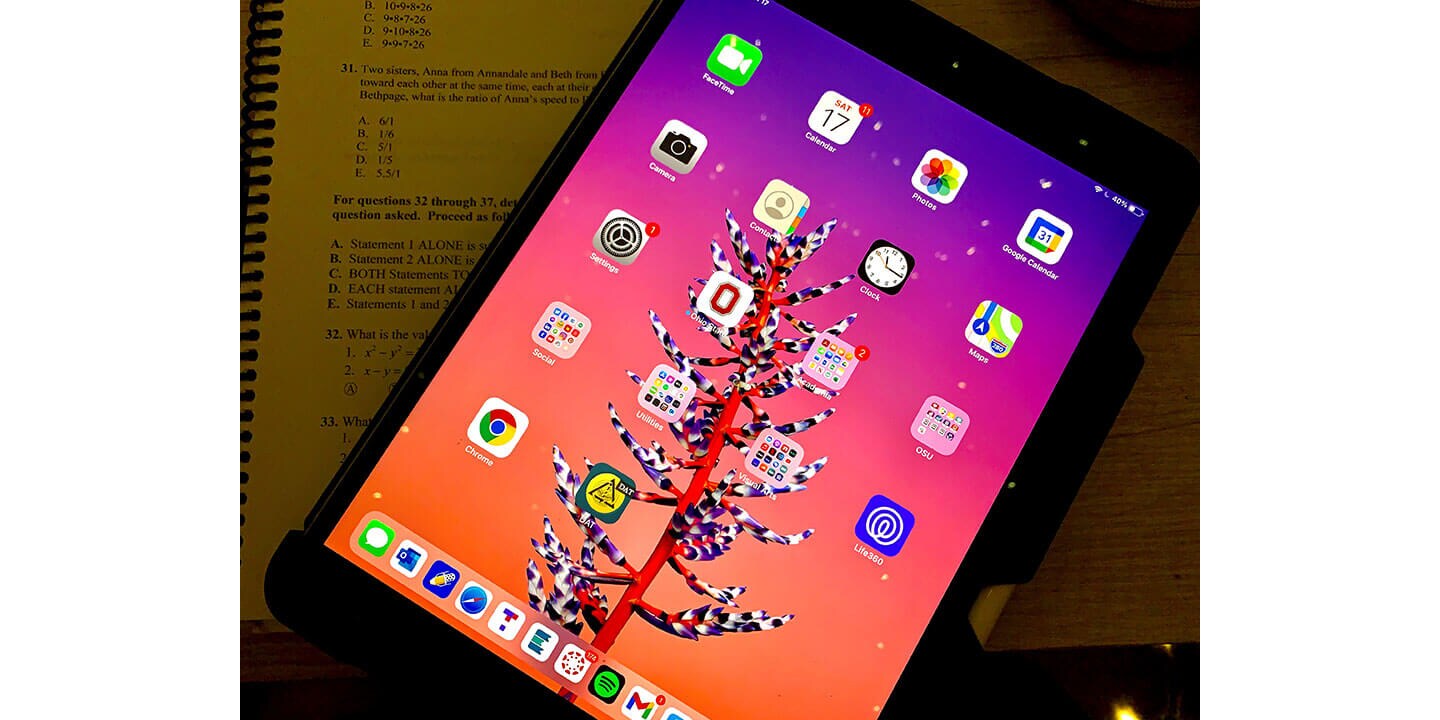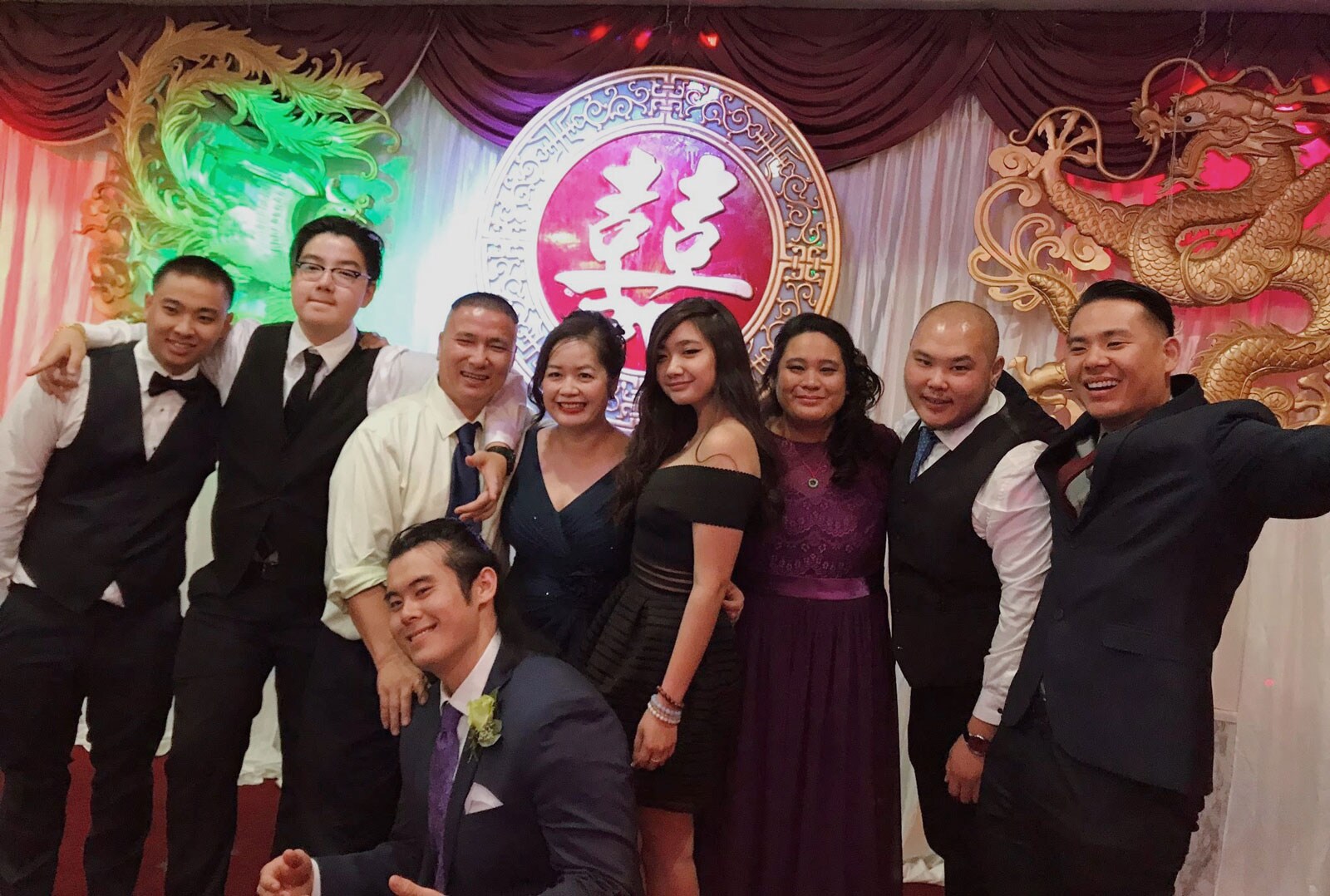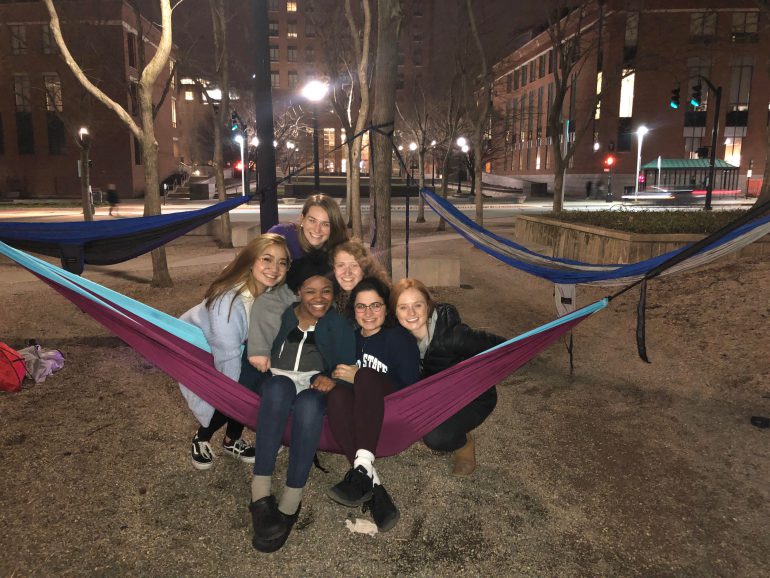
Trying New Things: Study Spots Edition
Studying is an integral part of any and every college student’s life. Eight out of 10 times that anybody asks what a college student is doing, they’re most likely studying. There are certainly popular spots that every college student seeks: libraries. Yet, these spots get quickly crowded and become so popular around midterms and final season. Here is a guide on other not-so-popular spots around campus that any and every college student can utilize.
Empty Classrooms
Mentally and physically separating work and play is crucial for any student. There are a variety of empty rooms that you could utilize when classes aren’t in session. It could be tricky to find one during the week because a class might need that space, too. Be flexible and ready to move, if needed. If you’re looking for a space on campus on the weekends, empty classrooms can be your best friends if they’re not locked after hours.
Parks, Outdoors, and Green Space
Being inside for multiple hours a day studying has its drawbacks, as you need some vitamin D from the sun. You could find a picnic table, bench, or even using Mother Nature herself by sitting on some grass while soaking in the sun. Having that breath of fresh air might help you stay more productive especially if you don’t need to use Wi-Fi and the weather isn’t crummy.
Lounges around Campus
Every university has sitting areas throughout their multitude of campus buildings for people to utilize between classes—so take advantage of these! I’ve definitely utilized some throughout my college career between classes or to grab a quick bite while reviewing notes for my upcoming class.
Cafes and Dining Halls
Who doesn’t like having food and drinks in one spot near where you’re studying for a few hours? I have spent an entire day studying in one of our campus dining halls during finals season because there is so much seating. As long as you have headphones or can tune out conversations and the hustling and bustling sounds easily then you’re practically golden!
Student Union or Recreational Centers
If you want to make your studying exciting, you can easily switch up your areas as it will help refresh your brain and even help remember your class notes easily. Every campus has community or recreational centers that often have common areas or even lounges set up for public use. Not only that, but you can take a studying break by working out for a bit or taking a walk!
Next time you’re trekking towards the library for a three-hour study session, try out one of these new spots instead! Be sure to take advantage of the many different areas your college campus offers to get some work done.
Do you have a compelling story or student success tips you’d like to see published on the Pearson Students blog? If you are a college student and interested in writing for us – click here to pitch your idea and get started!







